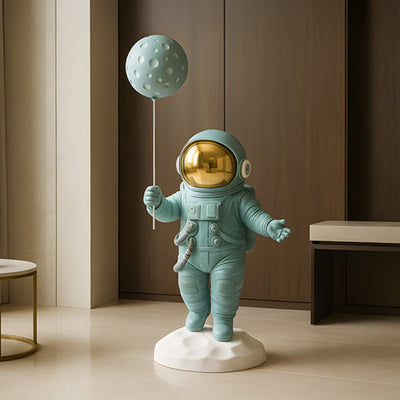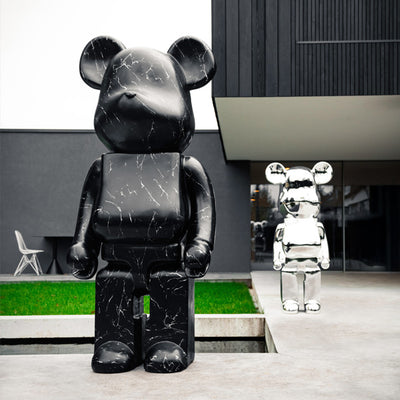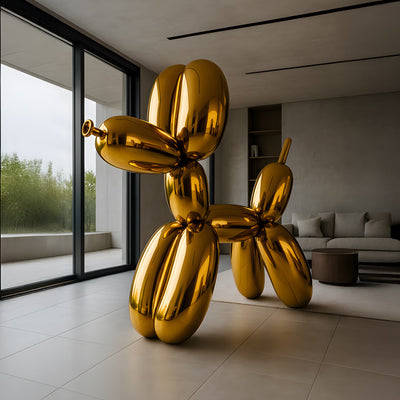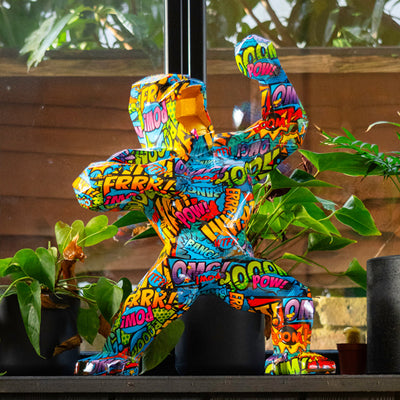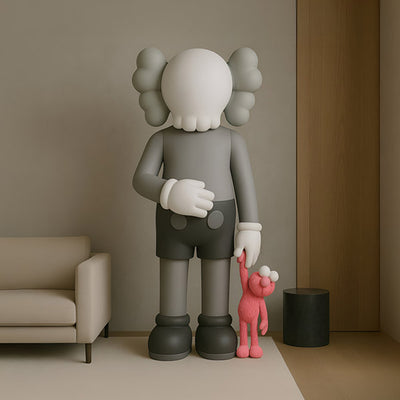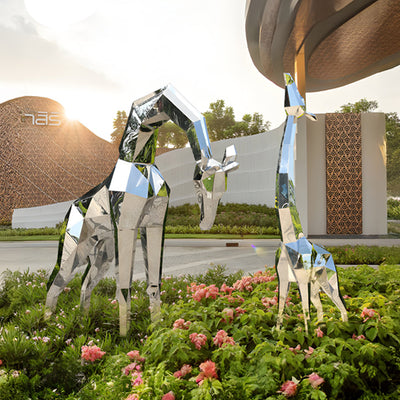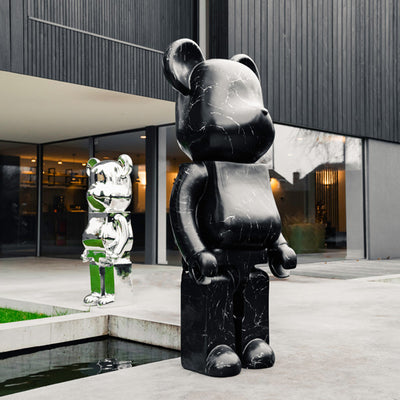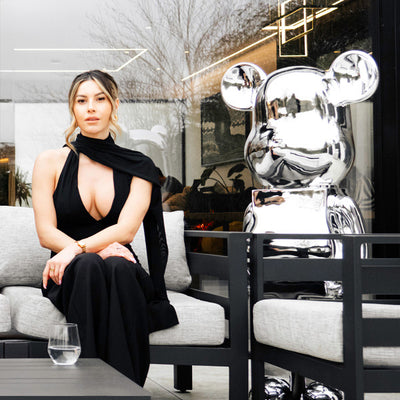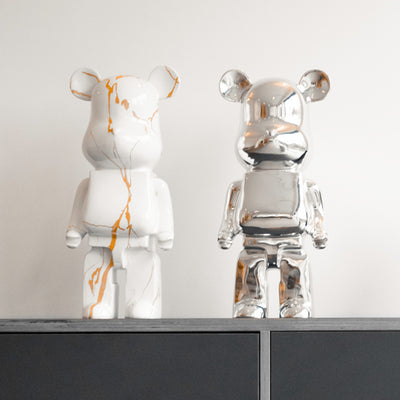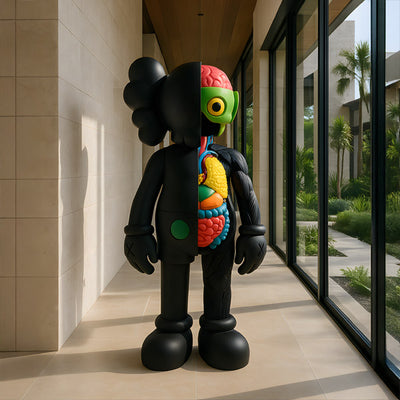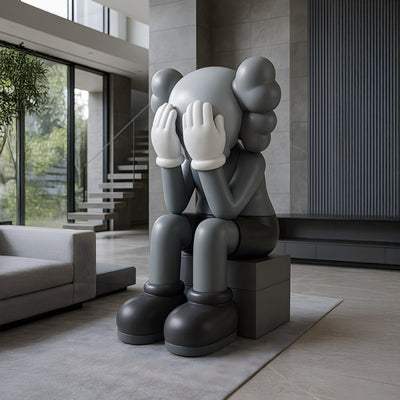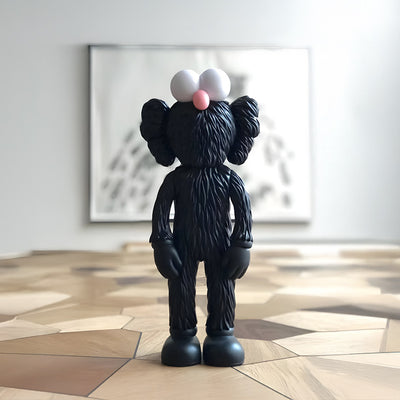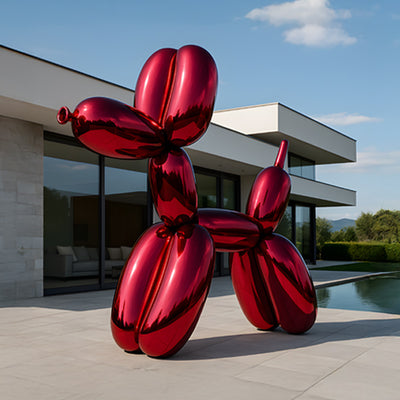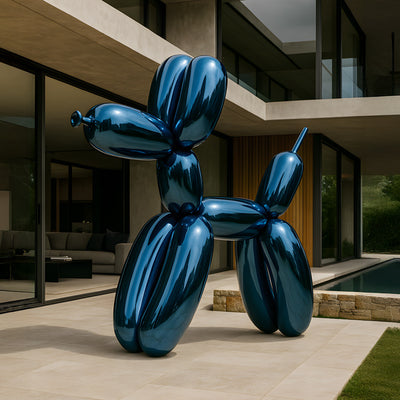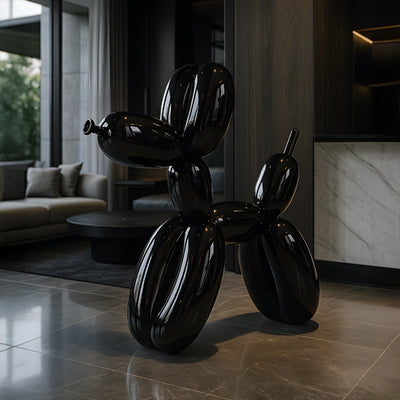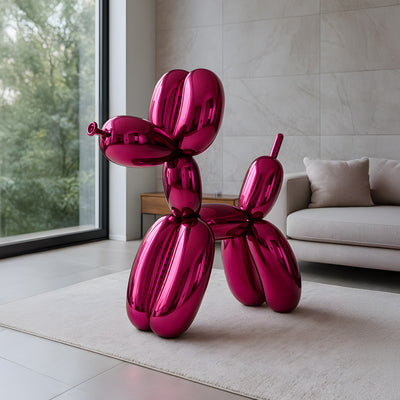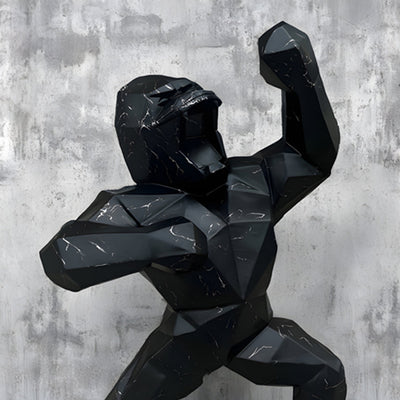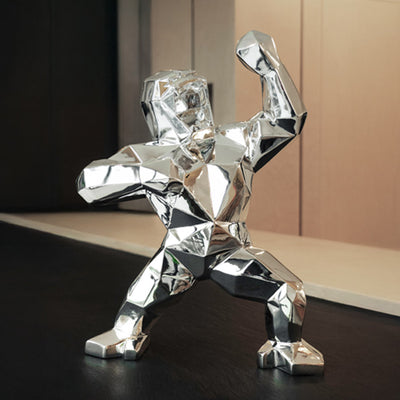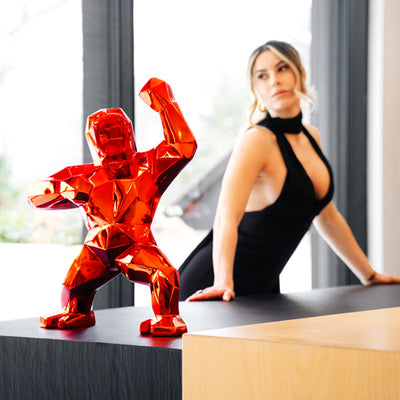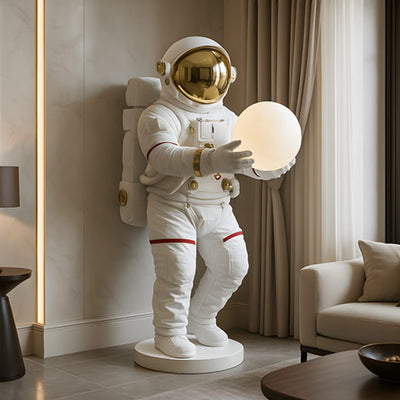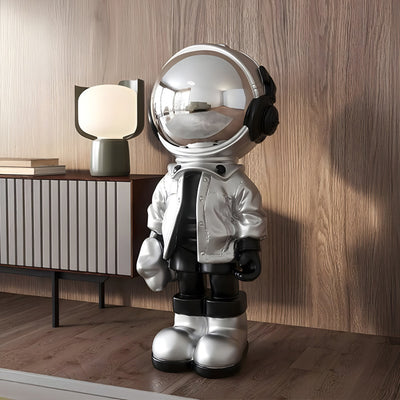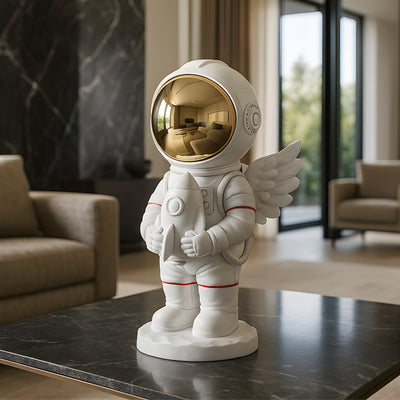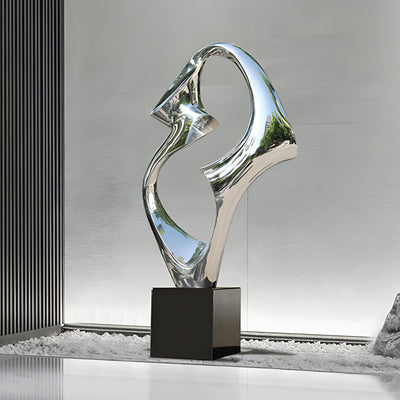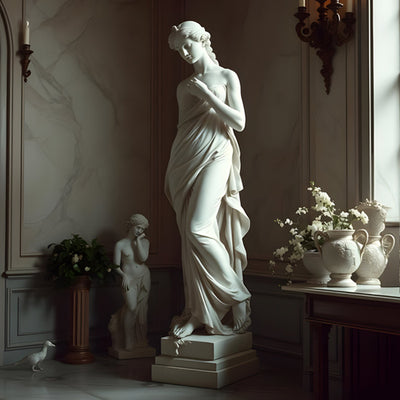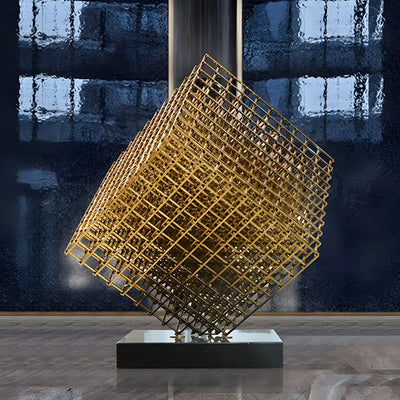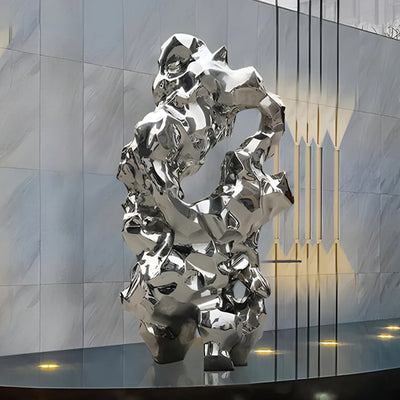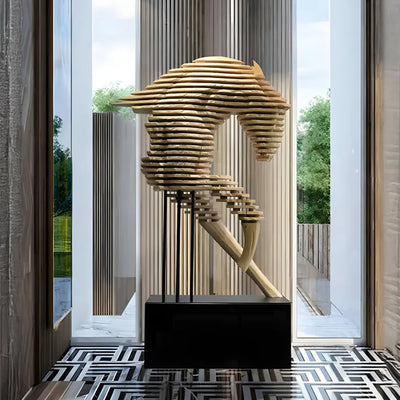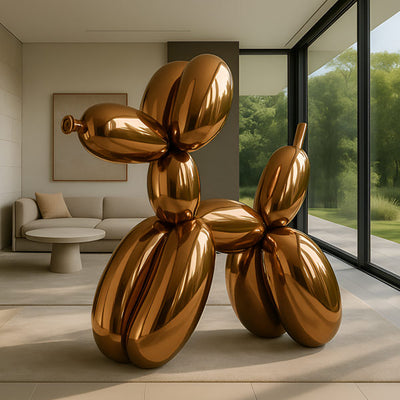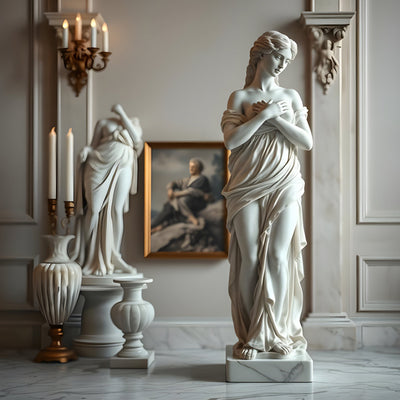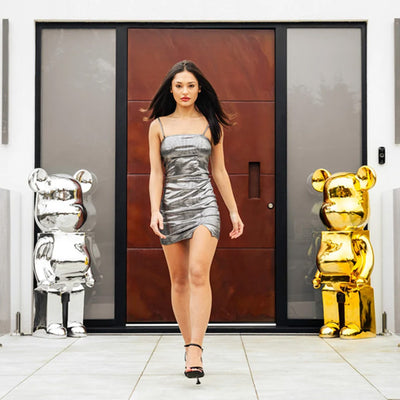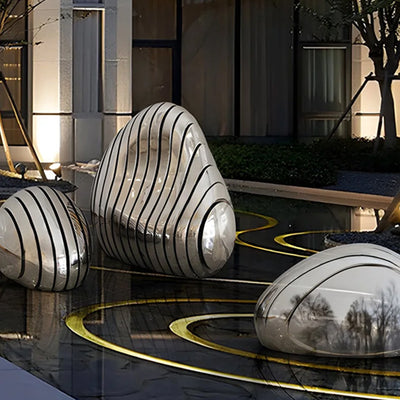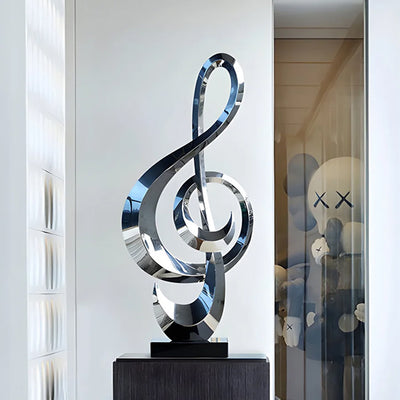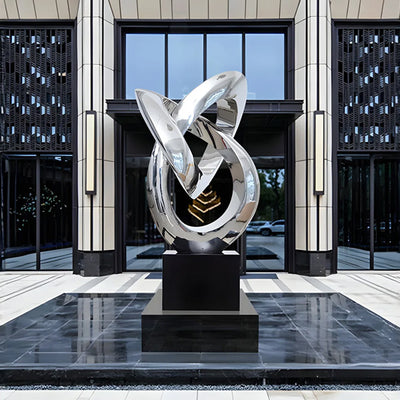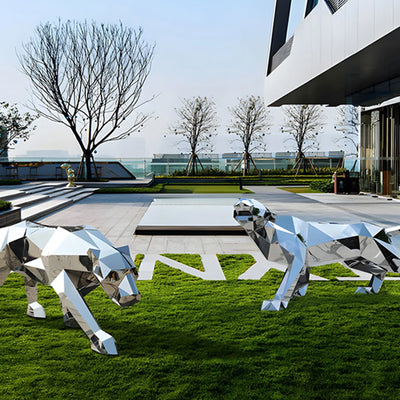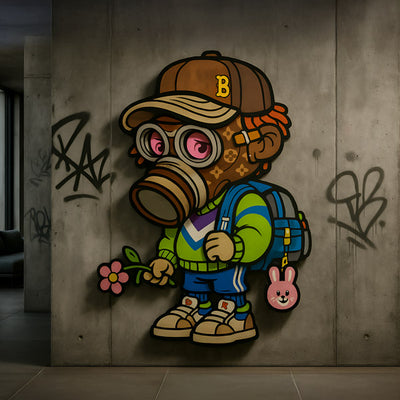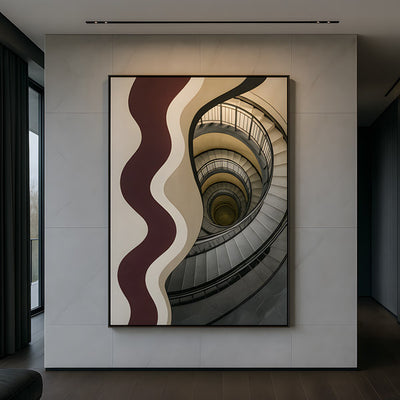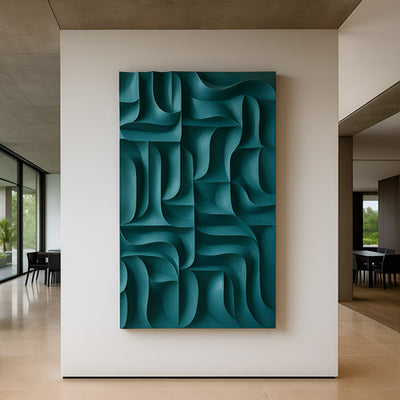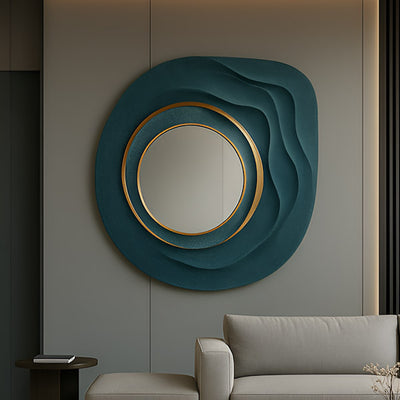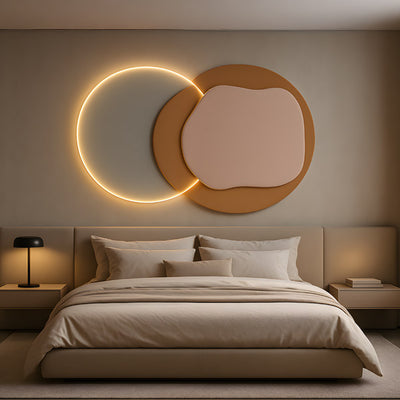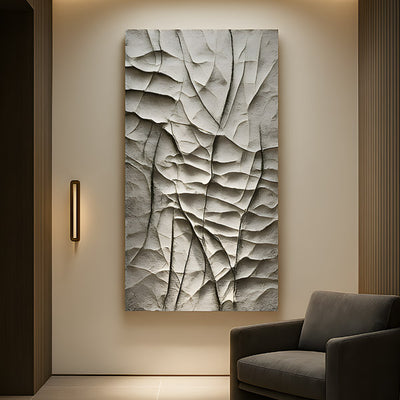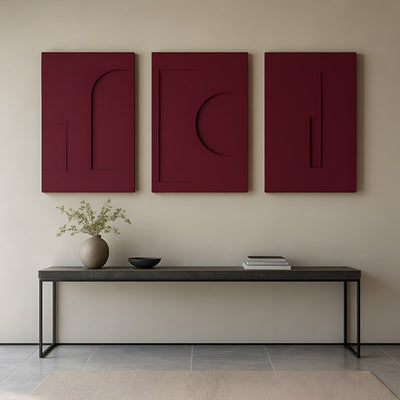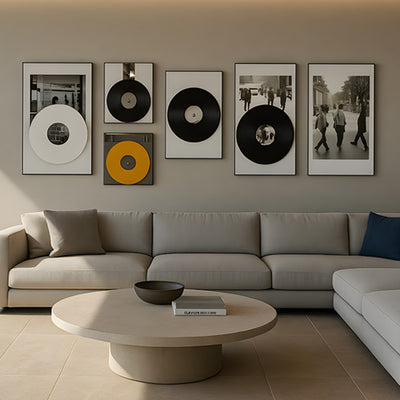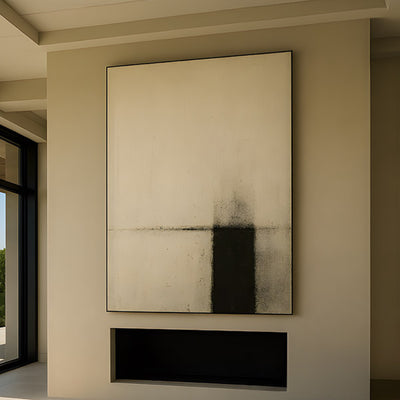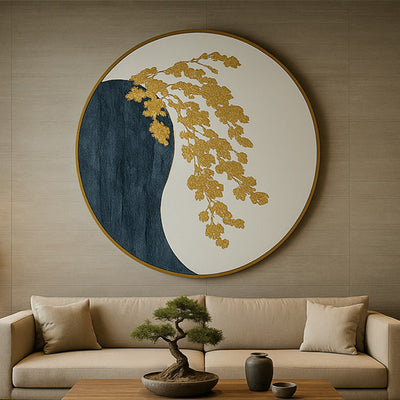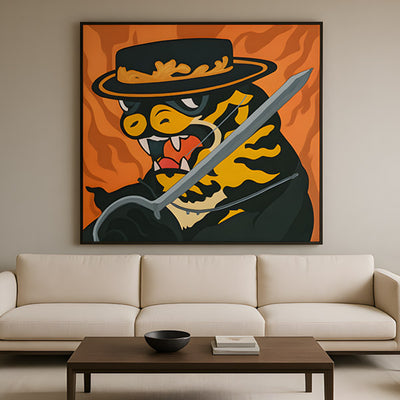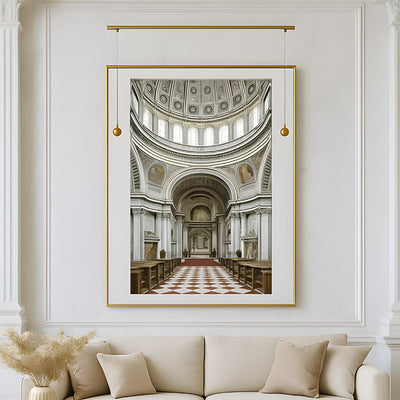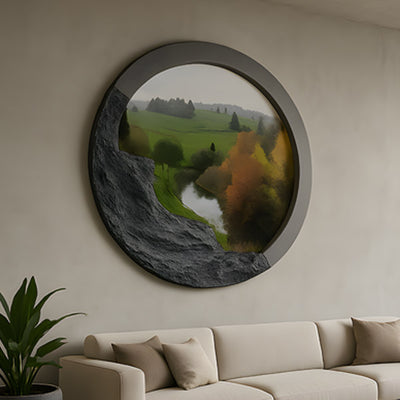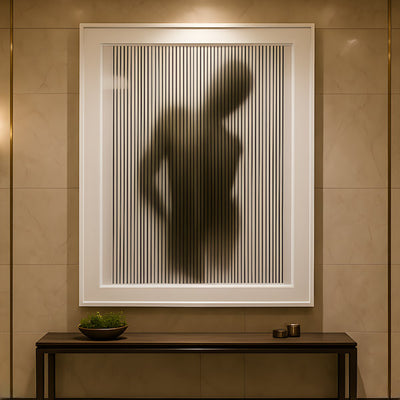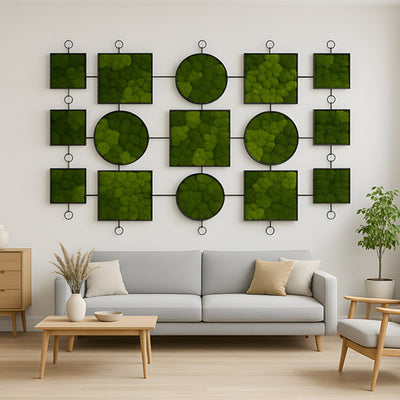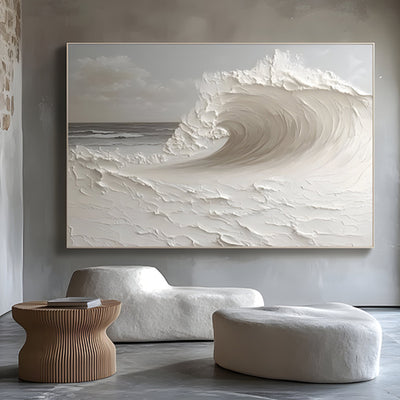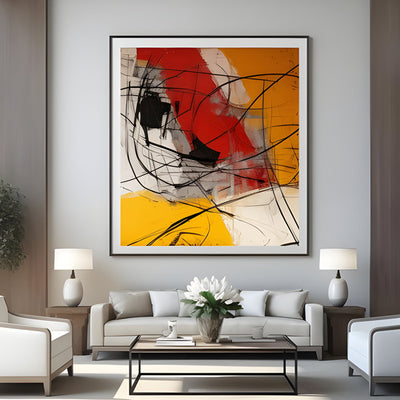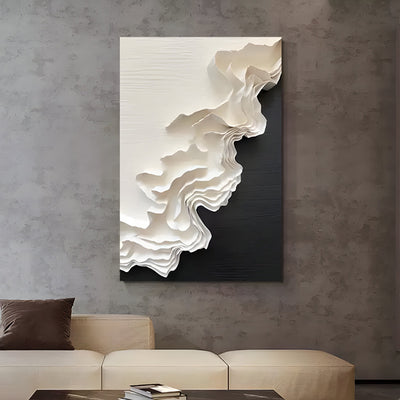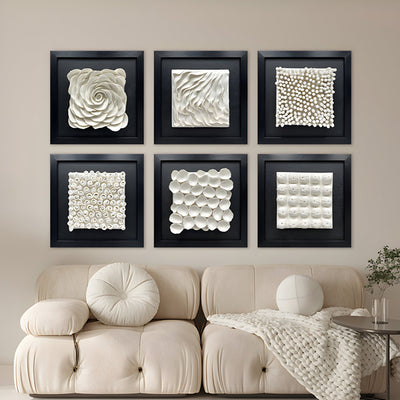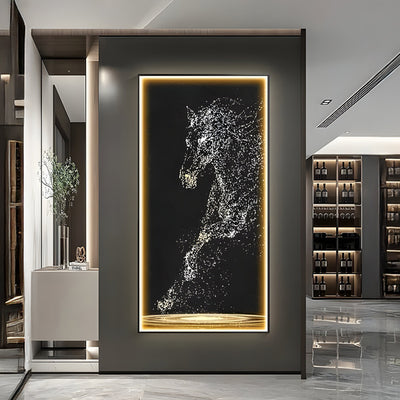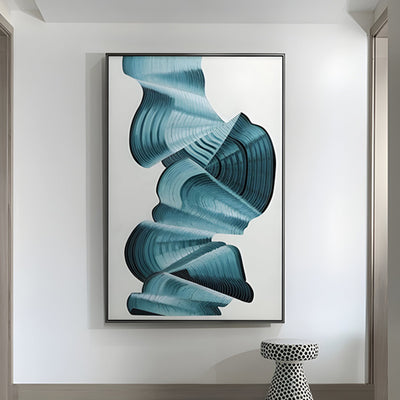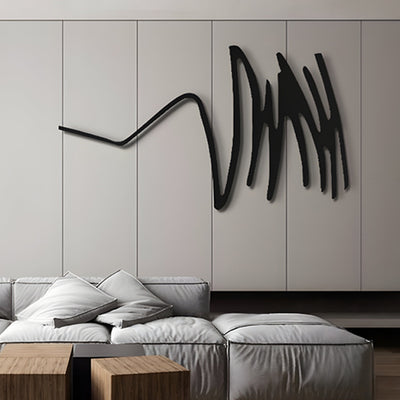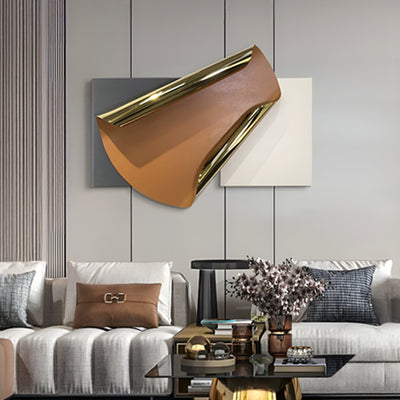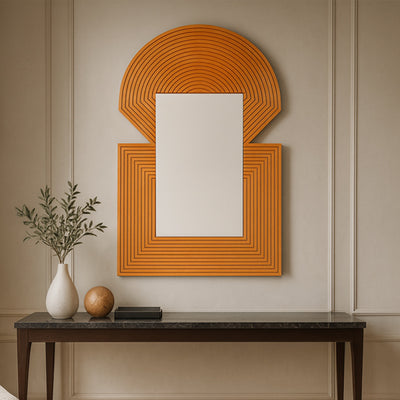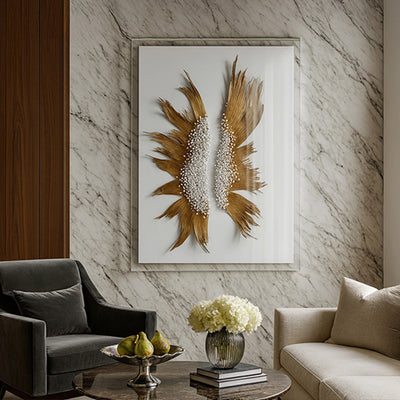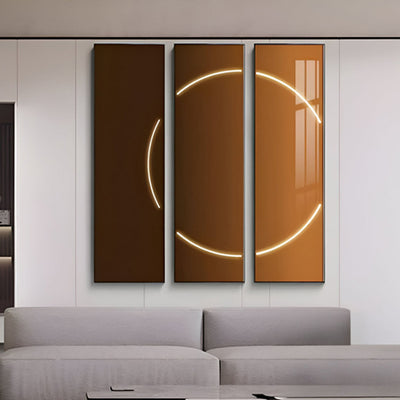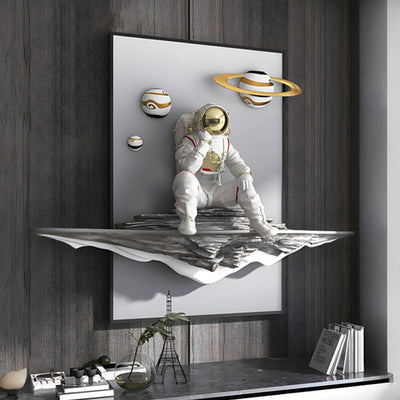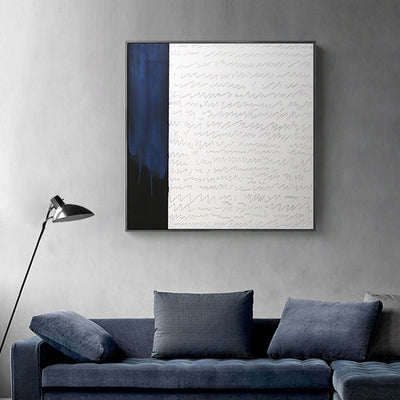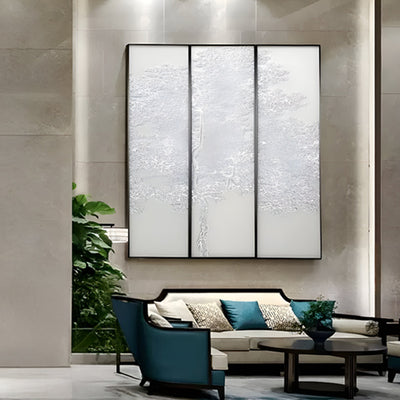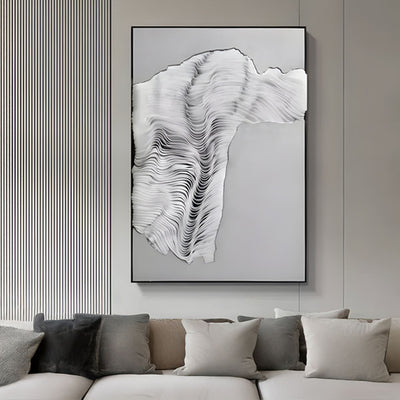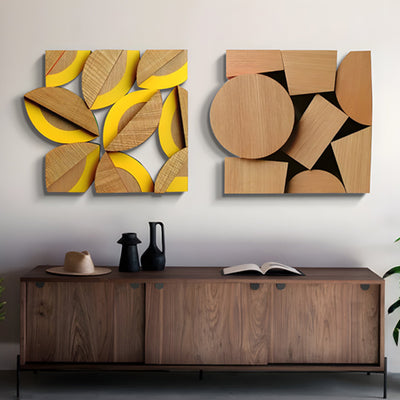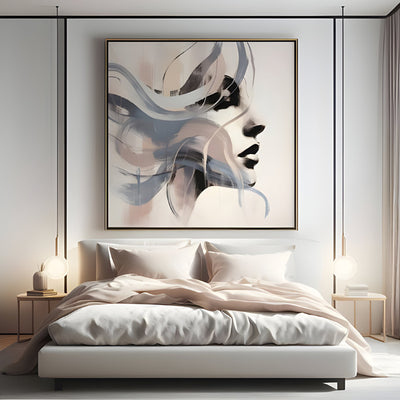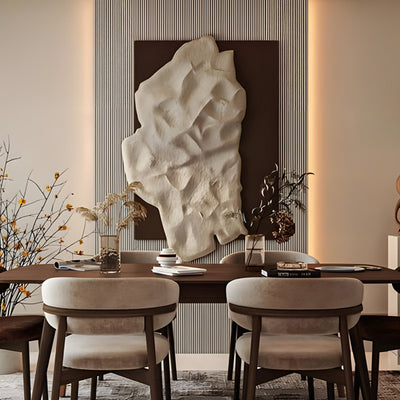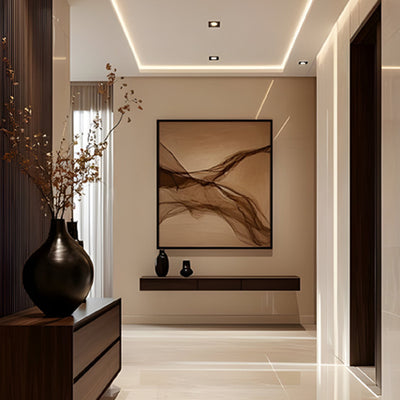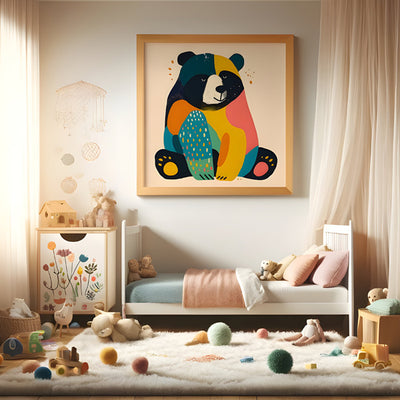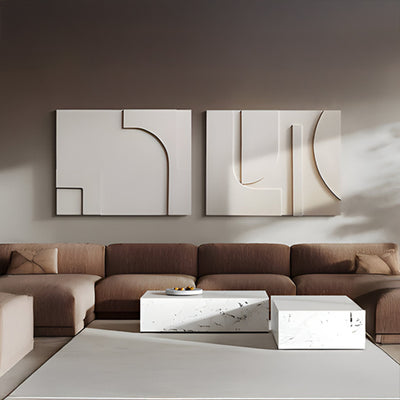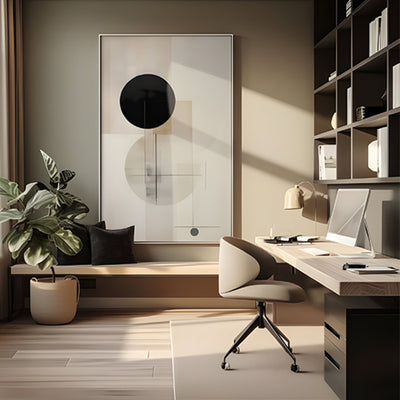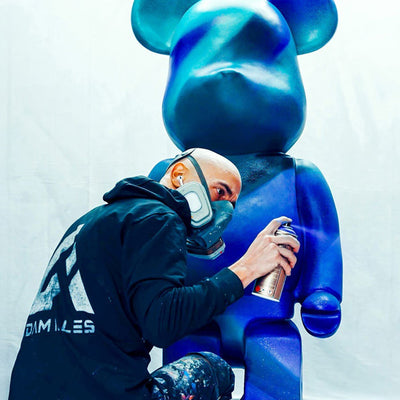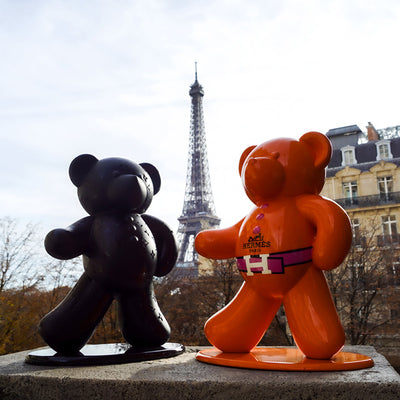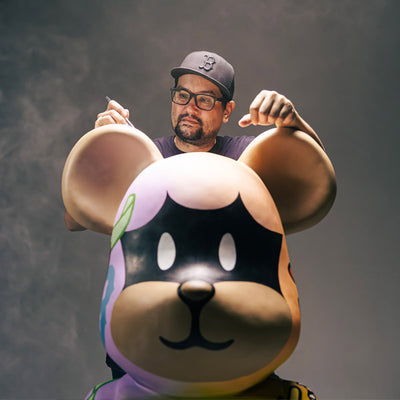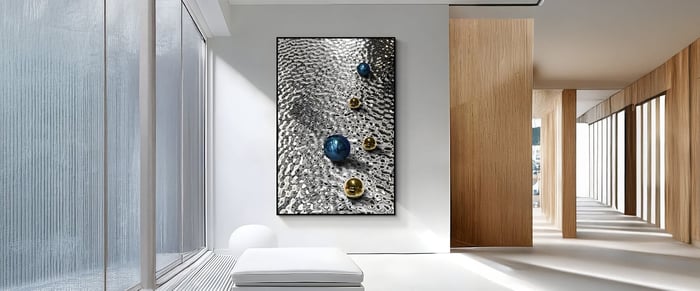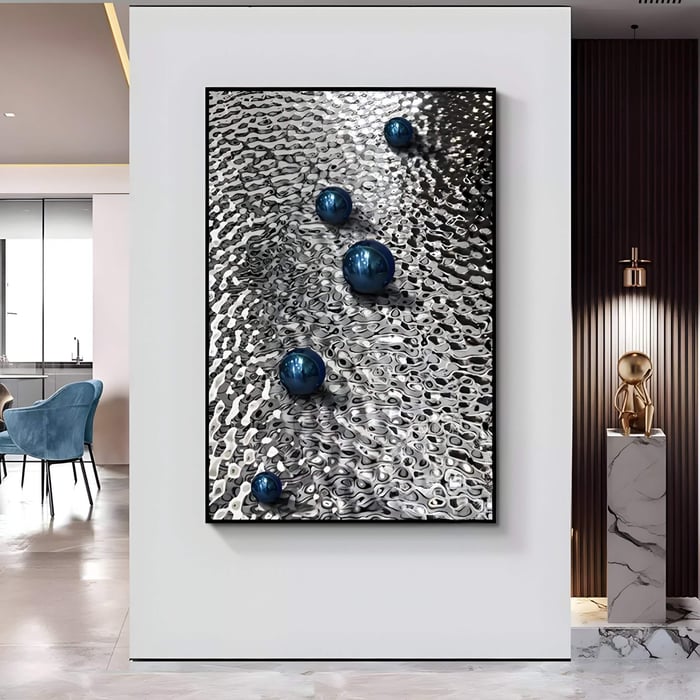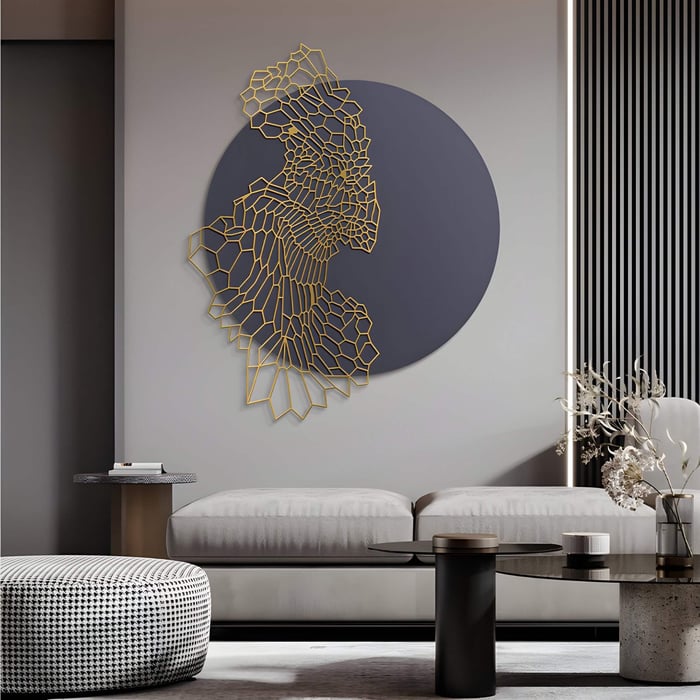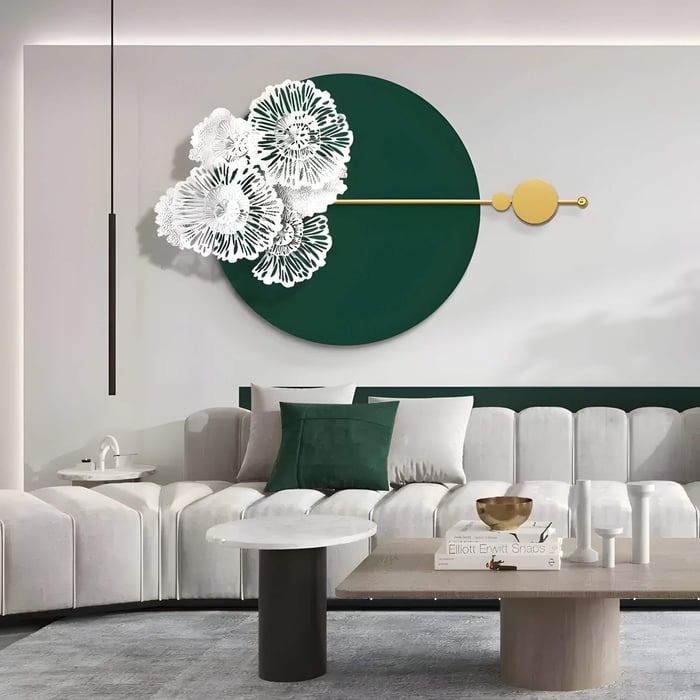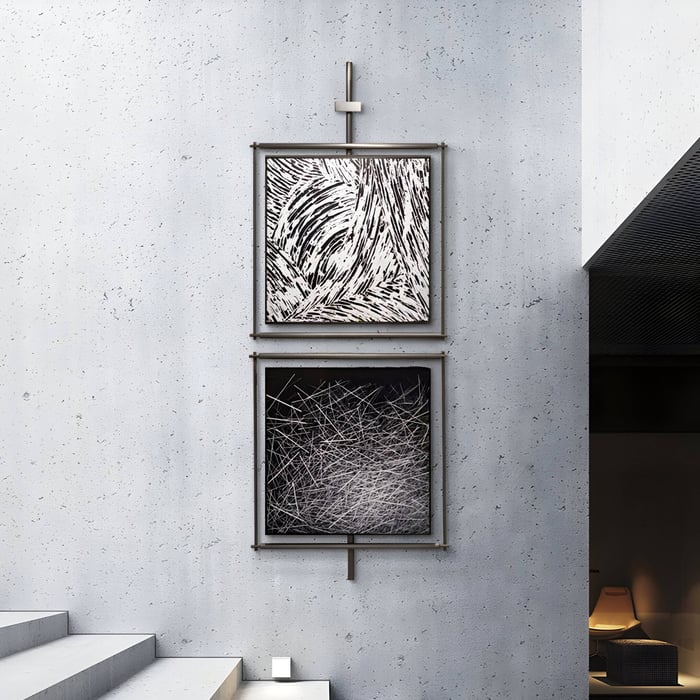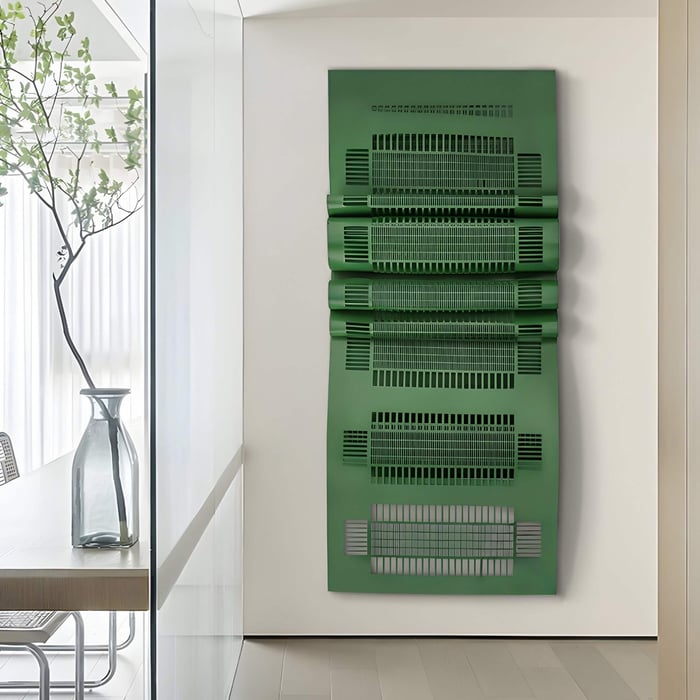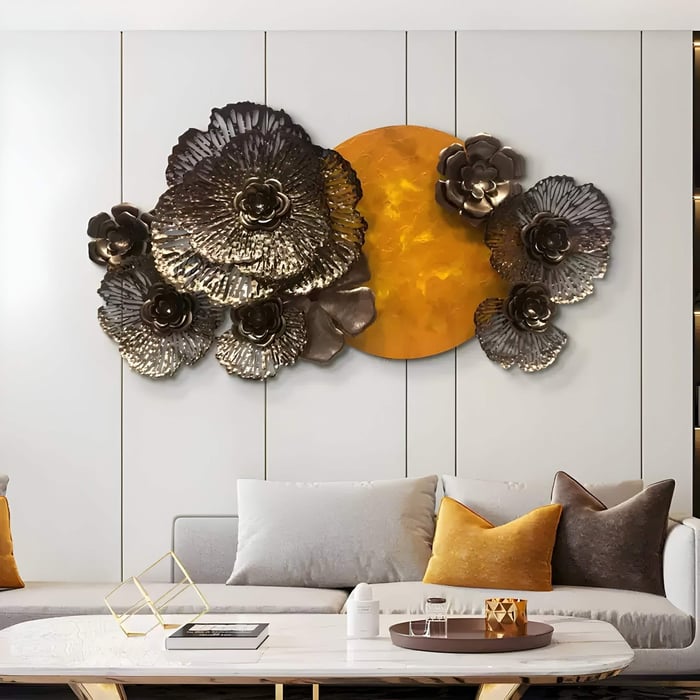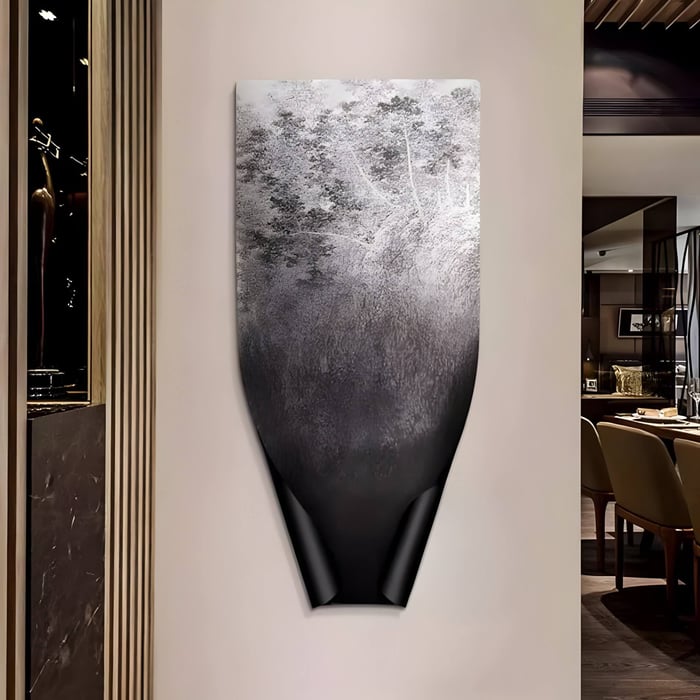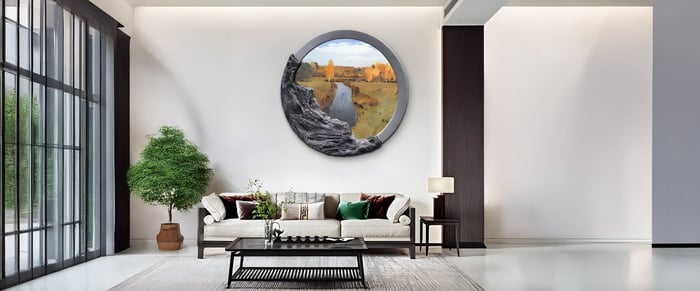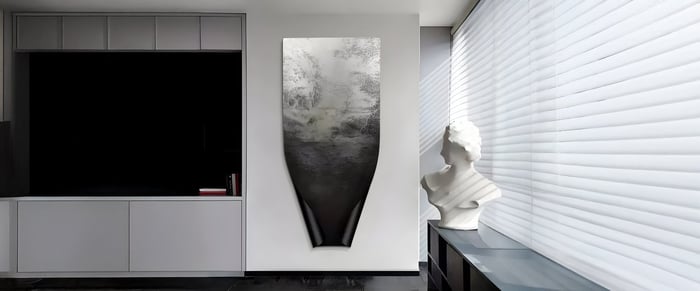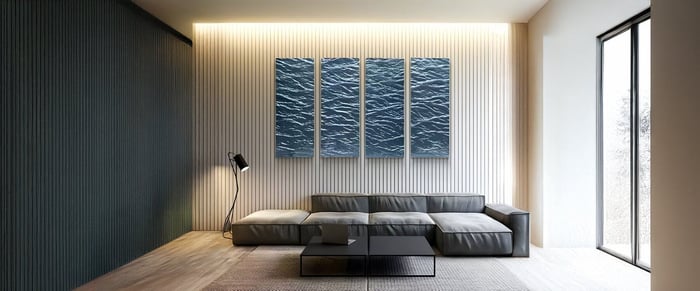Imagine running your fingers over sculptural iron paintings that truly pop off the wall. Unlike flat metal art, 3D iron art paintings feature raised reliefs, folded planes, and hand-hammered textures that invite tactile engagement and mesmerise the eye. In this guide, you’ll learn why textured metal paintings captivate, explore the hottest design styles, from geometric to organic designs, delve into the materials and crafting techniques behind these sculptural iron décor masterpieces, and gather expert tips for selecting, installing, and caring for your very own statement metal panels.
Why Textured & 3D Iron Art Works
Sensory Engagement
In an age of digital overload, our craving for physical texture has never been greater. 3D iron art activates both sight and touch: a viewer’s palm instinctively follows every ridge and fold, creating a deeper connection than a flat canvas ever could. Research shows that tactile stimulation can positively influence mood and focus, making such art not only decorative but also psychologically engaging.
Contrast & Depth
Where traditional paintings rely on pigment and perspective, textured metal paintings manipulate light and shadow through sculptural forms. Raised reliefs and cut-outs cast shifting silhouettes that animate with changing daylight or spotlights, injecting drama and movement into static walls.
Trend Context
Design authorities like Architectural Digest note a rising demand for interactive décor that engages the senses and elevates ordinary rooms into gallery-like experiences. Relief iron panels answer this call, offering a modern twist on age-old metalworking traditions.
Versatility
Whether your décor leans minimalist, industrial chic, or eclectic, 3D iron art fits seamlessly. In loft-style living rooms, industrial metal art accents raw brick and concrete; in modern galleries, abstract art reliefs stand as centrepieces; in cosy dens, floral art panels soften edges with botanical motifs.
Top 4 Design Styles in 3D Iron Art Paintings
1. Geometric Facets & Planes
Sharp angles and folded surfaces characterise geometric art reliefs. Artists laser-cut or plasma-cut steel into polygonal shapes - triangles, hexagons, or tessellated patterns, and then weld or fold them to create multi-dimensional facets. The result is a minimalist yet striking composition that catches light on every edge, ideal for a contemporary hallway or above a sleek console. Pair such panels with monochrome furnishings to let the geometry take centre stage.
2. Organic Waves & Ripples
Mimicking the fluidity of water or the ripples in sand dunes, organic art panels juxtapose smooth curves against the rigidity of steel. Plasma-cut silhouettes follow sinuous lines, while hand-hammered textures add subtle undulations. Dark patinas or gradient finishes further enhance the illusion of motion. In a living room, a single undulating panel can serve as a serene focal point, evoking natural landscapes in an otherwise urban setting.
3. Botanical & Natural Motifs
Flower & plant art reliefs bring the outdoors inside. Designers cut intricate leaf fronds, vine networks, or petal clusters into iron sheets, then stack or overlay them for high-relief effect. Powder-coated in matte blacks, forest greens, or metallic bronzes, these panels complement wood furniture and indoor greenery. Use them in bedrooms or dining areas for an organic touch that still feels modern.
4. Abstract Expressionism
For those who crave bold statements, abstract art panels push the limits of sculptural iron. Artists weld splashes of molten metal, drip industrial enamel paint, or cut asymmetrical folds that defy predictability. High-gloss finishes amplify the intensity, turning walls into dynamic canvases of light and shadow. Such maximalist pieces thrive in creative studios, gallery walls, or entryways where they set an avant-garde tone.
Crafting 3D Iron Art: Materials & Techniques
Metal Selection
Mild Steel: Affordable, easy to weld, and accepts powder-coat paints well.
Stainless Steel: Corrosion-resistant, ideal for high-gloss or outdoor panels.
Corten Steel: Develops a stable, rusted patina, perfect for patinated metal décor.
Fabrication Methods
Laser Cutting: Offers micron-level precision, ideal for fine textures and complex silhouettes.
Plasma & Waterjet Cutting: Cut thicker plate steel smoothly, enabling deep relief and organic curves.
Hand-Hammering & Welding: Artisans use hammers and chisels to introduce unique deformations. Welding layers of cut panels yields 3D depth and contrasts.
Surface Finishes
Powder-Coat Paint: Durable, available in any colour, and UV-resistant, perfect for powder-coated metal art.
Patinated Rust: Corten or faux-rust finishes for an industrial, time-worn look.
Brushed or High-Gloss Enamel: Enhances highlights and makes relief textures pop.
Mounting & Substrate
Panels often affix to wooden or canvas backers, which provide stability and simplify hanging. Floating frames hide hardware, letting art appear to hover off the wall, enhancing the 3D effect.
Selecting the Perfect 3D Iron Art Painting
Scale & Proportion
Measure your wall height and width. A panel should cover roughly 50–70% of its height and align with furniture dimensions, for instance, the width of a sofa or console.
Style Alignment
Match geometric art to minimalist décor; choose organic waves for serene spaces; pick botanical motifs to soften industrial interiors; grab abstract expressionism for eclectic galleries.
Colour & Finish
Matte Black: Provides stark contrast and modern appeal.
Metallic Sheen: Stainless or polished finishes reflect ambient light for glam.
Rust Patina: Adds warmth and vintage character.
Budget & Sourcing
Ready-Made Panels: Under £300 for smaller reliefs from established studios.
Custom Commissions: From £500+, ideal for bespoke designs and premium materials.
Installation & Styling Tips
Hanging Hardware
Use French cleats or Z-bars for heavy panels, ensuring flush, secure mounts. Lighter pieces (under 10 kg) can feature heavy-duty drywall anchors.
Lighting Interaction
Side-Lighting: Wall washers or picture lights cast shadows that accentuate relief.
Track Spotlights: Angle beams to highlight key textures and create drama.
Placement Strategies
Feature Walls: Anchor a living room or dining area with a large relief panel.
Entryways: A narrow 3D art panel adds intrigue without blocking flow.
Above Consoles/Beds: Centre the panel above furniture to create a cohesive vignette.
Complementary Décor
Pair with concrete planters, reclaimed wood furnishings, or velvet textiles. Contrast hardness of iron with soft, tactile accents to balance the visual weight.
Caring for Your 3D Iron Art
Dusting: Use a soft-bristle brush to reach crevices; a microfiber cloth for flat surfaces.
Rust Control: Seal Corten pieces with clear matte lacquer indoors.
Scratch & Chip Repair: Touch-up kits with matching powders or paints handle minor blemishes.
Avoid Moisture: Maintain humidity under 60% and keep panels away from direct water contact.
Depth Unleashed: Bring Texture to Your Walls
3D iron art paintings deliver texture, depth, and a tactile allure that transforms ordinary walls into sculptural statements. Whether you opt for sharp geometric facets, sinuous organic waves, intricate botanical reliefs, or bold abstract expressionism, these textured metal paintings engage the senses and elevate your décor. Measure your space, select the style and finish that resonates, and light your panel to maximise its dramatic play of shadows.
Visit Giant Sculptures’ collection of 3D iron art paintings to discover the piece you can’t wait to touch, and redefine your walls with enduring, sculptural allure.
